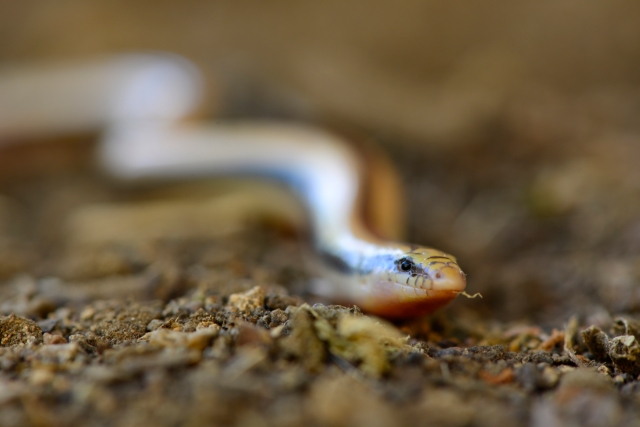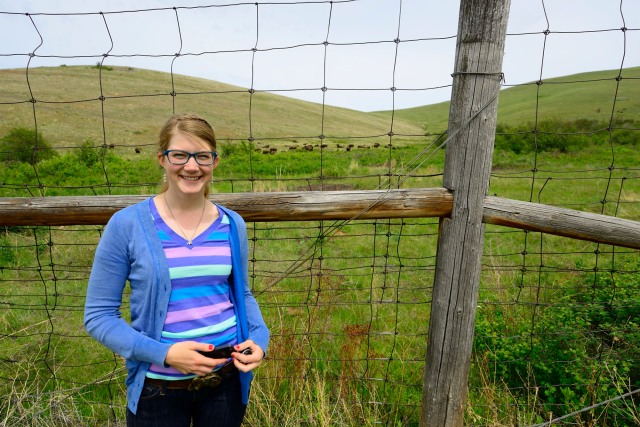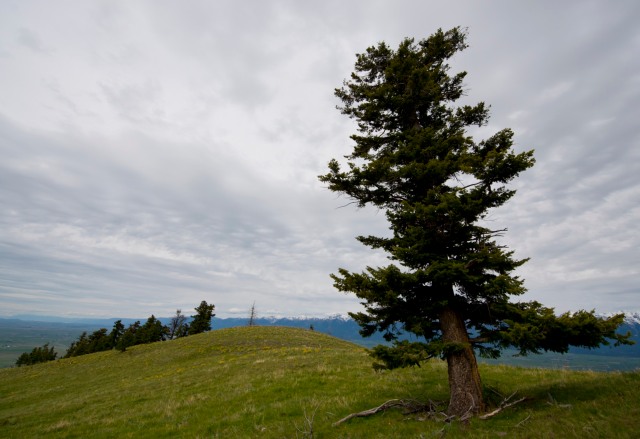It is about time that I got to the bit where I talk about the whole reason I really went to Madagascar in the first place, and what I did there. That is what this post is about.

The south side of the main camp area sported a massive tamarind tree, at the base of which the food was cooked.

A view from the top of the cliffs above camp, west and downstream.
Operation Wallacea (www.opwall.com) is a volunteer organisation, which deploys paying volunteers (students; predominantly early undergraduates) on projects around the globe. These are mainly zoological and ecological research projects. Madagascar has two separate sites: one on the west coast, near Mahajanga; and one in the arid south, in a camp called Mahavelo, near Ifotaka, in the commune of Amboasary-Sud. The latter site has now been running for two years, and it was there that I worked this summer.

Just after we arrived, a plague of locusts flew through.

Although the locusts eat a great many crops, the local people also consume these insects. They were thick in the air, and made everything look hazy.

The camp had guards who were employed full time to watch all of the equipment. This is Mia, son of the local Ombiasa, or medicine man.

During the initial setup in the field, we cooked together around these fires. When camp was in full swing however, there was always food on the go to feed everyone.

One of the cooks holds up dinner – a helmeted guinea fowl.

Wild boar roasts on spits around a fire in the dry river bed.

Everything had to be built from the ground up, including a large work station. A thousand planks were ordered and cut for the task. These men had the job of assembling the finished structure.

Before any students arrived, all of the staff members were camped in what later became the dining area.

Presentations were given in the worky-worky, in front of the whole team.
Each site has a variety of research projects running simultaneously. In Mahavelo (Ma-ha-vay-loo), these research projects are (i) lemur research, (ii) reptile research, (iii) bird research, (iv) plant and invasive species research, and (v) social research. Each of the first four teams (social is complicated) is composed of a team leader and usually at least one other, Malagasy, staff member. My role this year was team leader of the reptile research. Christian (pictured below) was my Malagasy counterpart, but he was only working with me for two weeks.

This is Christian, my colleague on the herps team for the first couple weeks in the field.

Sylvio, one of the malagasy lemur team members, on the edge of the cliff where they did most of their research.
There are essentially two ways you can come on the Operation Wallacea adventure (aside from being a staff member); either you can come as a standard volunteer and, in the case of the Madagascar project, stay for four weeks of field work; or you can come as a dissertation student, and stay in the field for six weeks, gathering data for your dissertation (usually undergrad, but occasionally masters). It is the dissertation students who shape the research that each team is conducting, and in many cases, they wind up leading particular parts of the research. Each foreign dissertation student has a Malagasy counterpart. This year, my students were Fay Rickeard and Mahandry Razafimandimby.

Mahandry with the boa

Fay with the boa

Chelsea, a dissertation student studying birds, releases an ashy cuckoo shrike.
The Mahavelo site this year received 29 normal volunteers – a staggeringly large number; at peak, camp contained over 100 people. Every day, the herp team received between six and eight of these volunteers, bringing the total size of the team to between nine and eleven individuals, not including the two guides. Occasionally, we were also joined by the camp doctor, and her guide.

The Operation Wallacea Mahavelo 2012 Team
The reptile research was composed of two independent studies: a behavioural study on two species of iguanid lizard; and general biodiversity assessments, looking at the species found in the forest, and how they are being affected by habitat destruction.
Behavioural research basically involves sitting on a rock, watching lizards for the entire sunny portion of the day.

We studied the behaviour of Oplurus saxicola

Oplurus quadrimaculatus is the other species on which we conducted behavioural studies.
Meanwhile, the biodiversity research was conducted using pitfall traps, tree cover objects, and transects.

Pitfall traps are the main method used for surveying shy terrestrial species, and species which live within the soil itself.

Every ten metres, a bucket is sunk in up to the brim, in order to catch animals which run into and then along the plastic drift fence.
The work was hard, but it payed off; we found a total of 37 species of reptile and amphibian, beating last year’s total by seven species.

In the first week, we caught a ground boa, Acrantophis dumerili.

Although they were very scared at first, the local men got over their fears, and wanted to hold this gorgeous snake.

These are by far the heaviest snakes in the region, and reach well over a metre in length. They are generally placid creatures though, and very enjoyable to hold.

Lygodactylus tolyampae, one of the dwarf geckos.

This was by far the largest of the dwarf geckos that we came across.

I finally caught a giant hognose snake, after having been taunted by various reported sightings for weeks.

One of the smallest snake species in Madagascar, and certainly the smallest captured on this expedition – Heteroliodon occipitalis

These snakes were only found using pitfall traps.

A Paroedura androyensis shows off its incredible camouflage.

These geckos were amongst the most common species in the forest at night.

Androngo trivittatus trilineata, a nearly-legless lizard, slithered into camp on one of the last days in the field.

These lizards are apparently quite common at the base of large tamarind trees, though they live within the soil and are therefore rarely seen.

Rare patches of moister gallery forest harbor flowers and ferns and greenery. These forests are little pockets of diversity and life.

Raketa, or Prickly Pear – Opuntia spp. – lines the riverbed. It is a powerfully invasive species with a very complicated history.

Not herps, but still fun: across the pool by camp, lemurs sit on the cliffs every morning to warm up.
So what happens now? Well, Mahandry and Fay are working on their dissertations. Meanwhile, I am in the process of writing a paper on the herpetofauna of the region. The data is also fed back to conservation organisations, such as WWF, to assist in the formation of effective management plans.

Near the end of the trip, each dissertation student had to give a presentation on their research and findings.
During part of the expedition, we also had a vet on site, doing her own research, and helping out where she could.

A Madagascar Kestrel having its wing bones inspected. It was shot out of a tree with a slingshot from over 30 metres – horrible, but very impressive.

It was in shock for some time. Ultimately, it did not survive the ordeal, as it escaped, got in a fight with another kestrel, and finally drowned in the pool by the side of camp. Such a shame.
Field work was great. The whole team had a fantastic time.
But the rest of the trip was also really exciting, and it is this that will follow in the next blog post.





























































